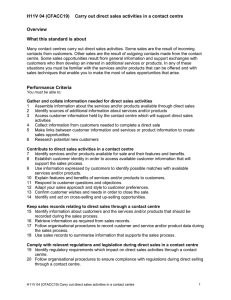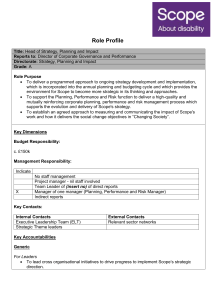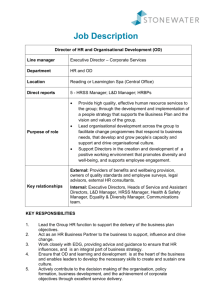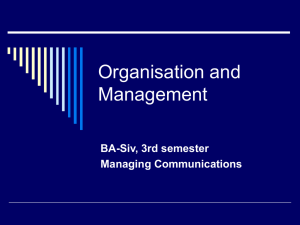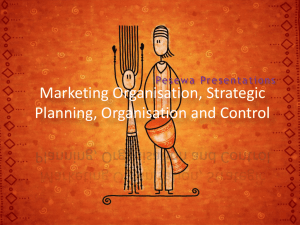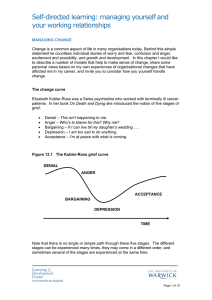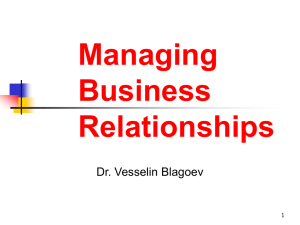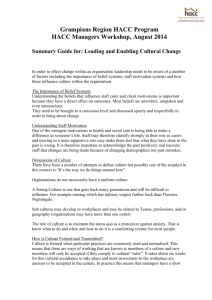Read the Q and A with our speaker Eszter Molnar
advertisement
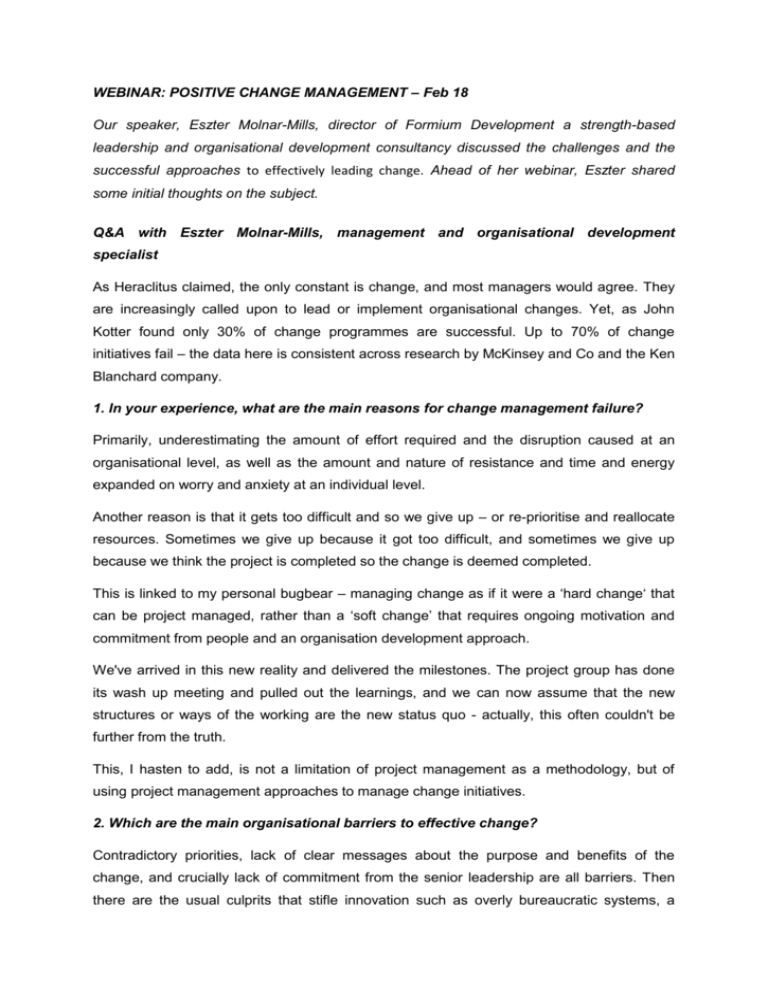
WEBINAR: POSITIVE CHANGE MANAGEMENT – Feb 18 Our speaker, Eszter Molnar-Mills, director of Formium Development a strength-based leadership and organisational development consultancy discussed the challenges and the successful approaches to effectively leading change. Ahead of her webinar, Eszter shared some initial thoughts on the subject. Q&A with Eszter Molnar-Mills, management and organisational development specialist As Heraclitus claimed, the only constant is change, and most managers would agree. They are increasingly called upon to lead or implement organisational changes. Yet, as John Kotter found only 30% of change programmes are successful. Up to 70% of change initiatives fail – the data here is consistent across research by McKinsey and Co and the Ken Blanchard company. 1. In your experience, what are the main reasons for change management failure? Primarily, underestimating the amount of effort required and the disruption caused at an organisational level, as well as the amount and nature of resistance and time and energy expanded on worry and anxiety at an individual level. Another reason is that it gets too difficult and so we give up – or re-prioritise and reallocate resources. Sometimes we give up because it got too difficult, and sometimes we give up because we think the project is completed so the change is deemed completed. This is linked to my personal bugbear – managing change as if it were a ‘hard change‘ that can be project managed, rather than a ‘soft change’ that requires ongoing motivation and commitment from people and an organisation development approach. We've arrived in this new reality and delivered the milestones. The project group has done its wash up meeting and pulled out the learnings, and we can now assume that the new structures or ways of the working are the new status quo - actually, this often couldn't be further from the truth. This, I hasten to add, is not a limitation of project management as a methodology, but of using project management approaches to manage change initiatives. 2. Which are the main organisational barriers to effective change? Contradictory priorities, lack of clear messages about the purpose and benefits of the change, and crucially lack of commitment from the senior leadership are all barriers. Then there are the usual culprits that stifle innovation such as overly bureaucratic systems, a blame culture and lack of focus on the ability to learn. Nancy Dixon said that “The viability of an organisation as a whole, may rest on the ability of employees to continue to learn”, which is a crucial component of change readiness, but I would add a culture that expects and encourages employees to learn is as important. 3. How can employers help employees be less resistant to change? Ken Blanchard suggests that it is not change, but control that people resist. If we are able to motivate and meaning fully involve them in change projects, that reduces resistance. John Kotter proposes six specific approaches to counter resistance to change: Education and communication Facilitation and support Manipulation and co-optation Participation and involvement Negotiation and agreement Explicit and implicit coercion Some are more constructive than others, but they all have some impact – test which approaches suit your team or organisation best.







